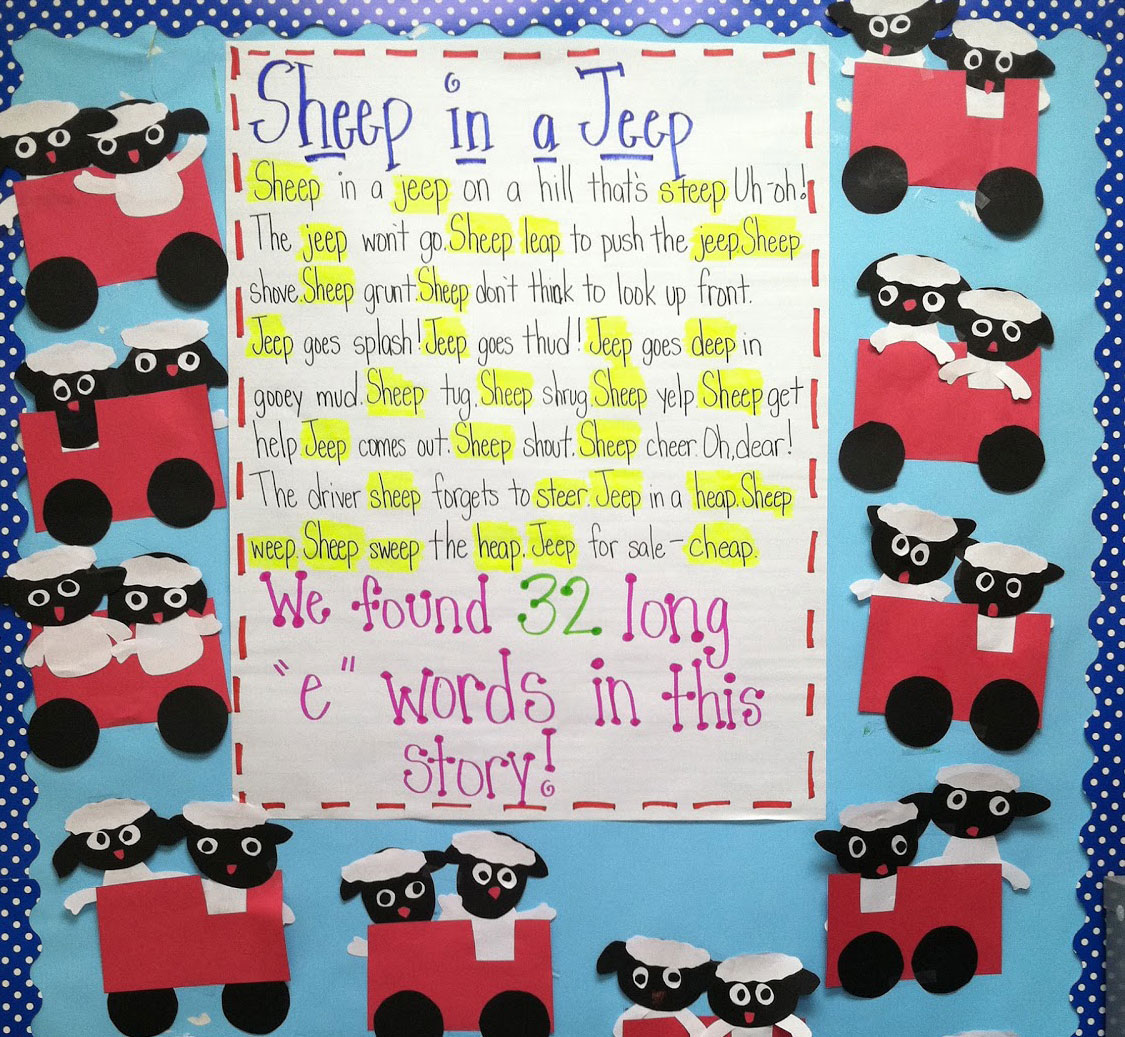Key Information
Focus
When To Use This Strategy
Appropriate Group Size
Why match books to phonics features?
Phonics instruction teaches students the relationships between letters and individual sounds. An important step in teaching phonics is to provide students with practice in applying what they’ve learned to real reading and writing.
Effective early reading instruction uses materials (books, stories, poems) that contain a large number of words that children can decode. Other instruction might provide opportunities to spell words and write stories that also contain the same phonics features.
Collect resources
Finding Decodable Books
Decodable texts are carefully sequenced to progressively incorporate words that are consistent with the letter–sound relationships that have been taught to the new reader. This list of links, compiled by The Reading League, includes decodable text sources for students in grades K-2, 3-8, teens, and all ages. Decodable Text Sources ›
You can also look at this descriptive list of decodable book sources from The Measured Mom blog. The Ultimate Guide to Decodable Books ›
UFLI Foundations Decodable Text Guide
This resource is designed to assist teachers in locating decodable text that aligns with the UFLI Foundations Scope and Sequence . The UFLI Foundations decodable passages are directly linked, and books from other publishers are listed by title next to the appropriate lesson. UFLI continues to add sources as they align them to phonics lessons. Note: as with most decodable texts, many will include some words that are not decodable. UFLI Foundations Decodable Text Guide ›
Using Picture Books in Phonics Instruction
This blog post shows how one first grade teacher uses Sheep in a Jeep to teach long ‘e’ sounds. Sheep in a Jeep — Teaching Long ‘e’ ›

Booklists
- Teaching Phonics with Picture Books (United World Colleges Southeast Asia Libraries)
- Picture Books for Vowel Sounds (Duquesne University)
- Teaching ‘r’ Blends: Fun Books to Read (Teachers Love Lists)
- Digraphs and the Sounds They Make (Epic!)
- Books for Phonics Instruction
Book Buddies: Guidelines for Volunteer Tutors of Emergent and Early Readers is a user-friendly resource for teachers/tutors of beginning readers. It contains recommendations and sources for children’s books that teachers can use to support phonics instruction. The book specifically contains a leveled list of books by phonics features located in Appendix B.3.
Differentiated instruction
For second language learners, students of varying reading skill, and younger learners
- Use picture books paired with oral instruction for younger and lower skill level students. For example, the teacher can direct the students to point to pictures that begin with a certain sound or end with a particular word family.
- Create simple classroom books with one or two phonics features and have students look through magazines and catalogs for pictures that contain the feature being studied.
- Have more advanced student students create their own short “phonics feature” books by using the target phonetic aspect to write complete sentences.
See the research that supports this strategy
Ehri, L. C. (1998). Grapheme-phoneme knowledge is essential for learning to read words in English. In J. L. Metsala & L. C. Ehri (Eds.), Word Recognition in Beginning Literacy (pp.3-40). Mahway, NJ: Erlbaum.
Johnston, F., Invernizzi, M., & Juel, C. (1998). Book Buddies: Guidelines for Volunteer Tutors of Emergent and Early Readers. New York: Guilford Publications.
National Institute of Child Health and Human Development. (2000). Report of the National Reading Panel. Teaching Children to Read: An Evidence-based Assessment of the Scientific Research Literature on Reading and Its Implications for Reading Instruction (NIH Publication No. 00-4769). Washington, DC: U.S. Government Printing Office.
Children’s books to use with this strategy

Click, Clack, Moo: Cows That Type

Fancy Nancy

Have You Seen My Cat?

Sheep in a Jeep

Little Red Hen

